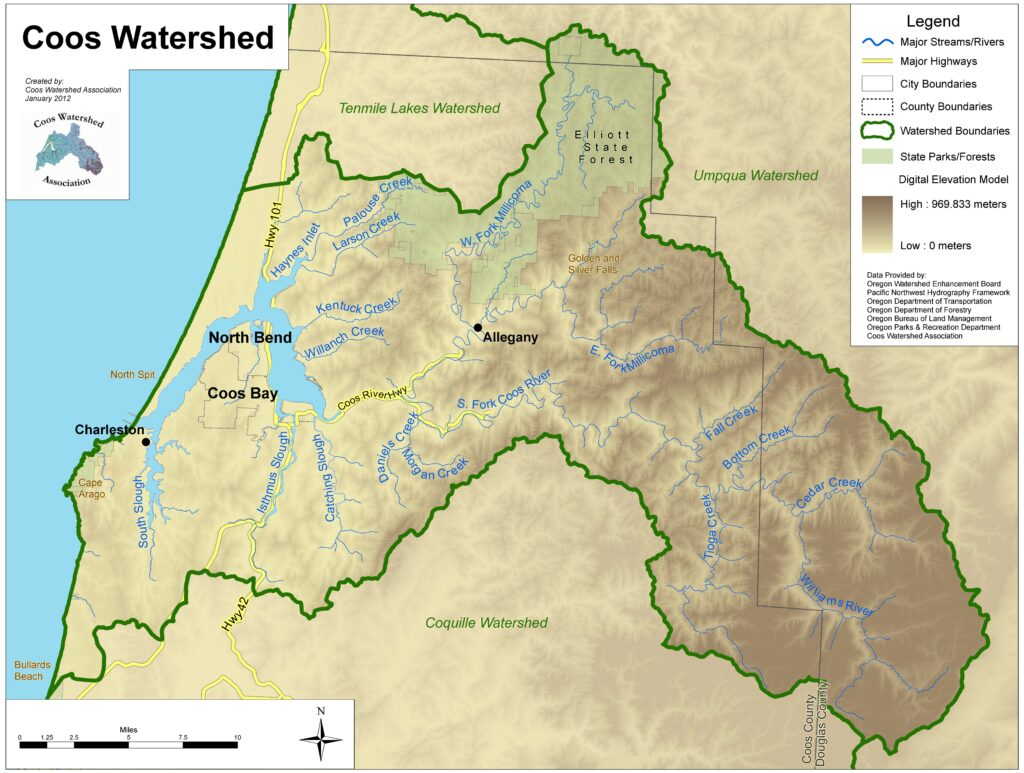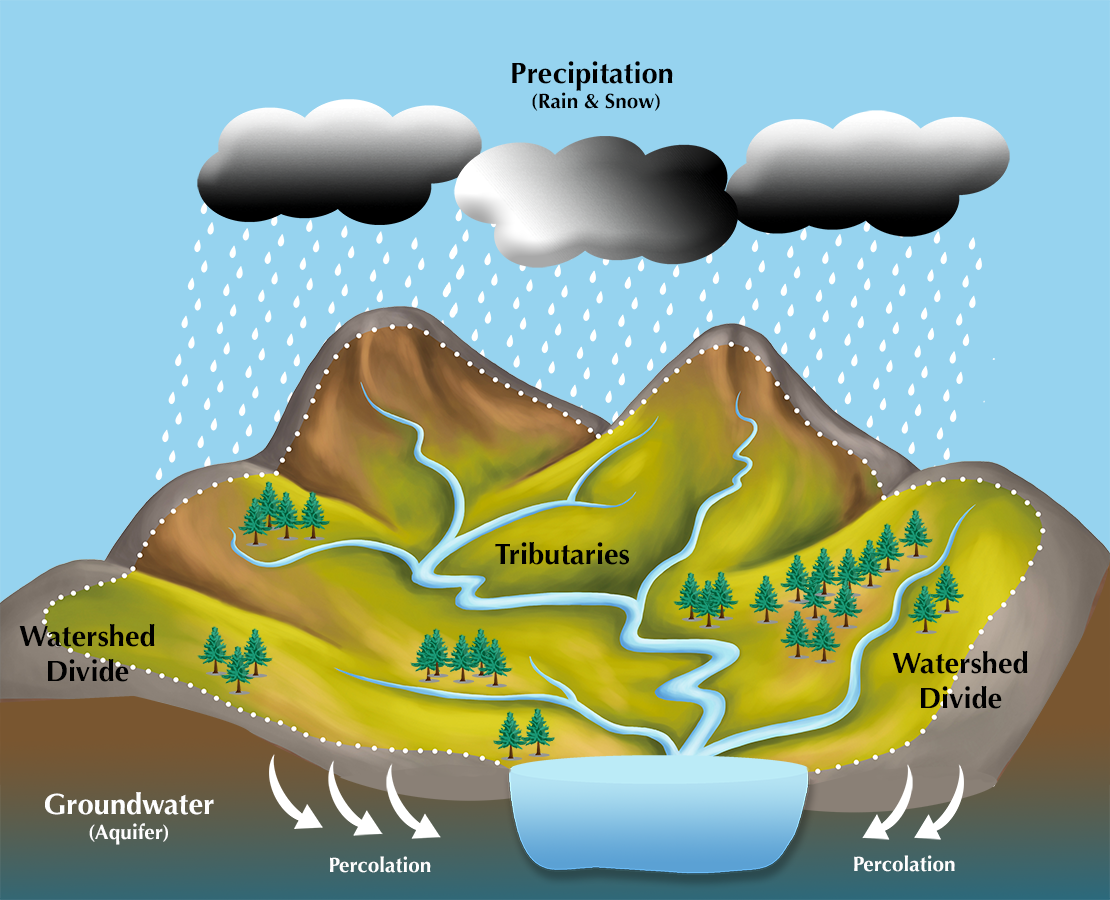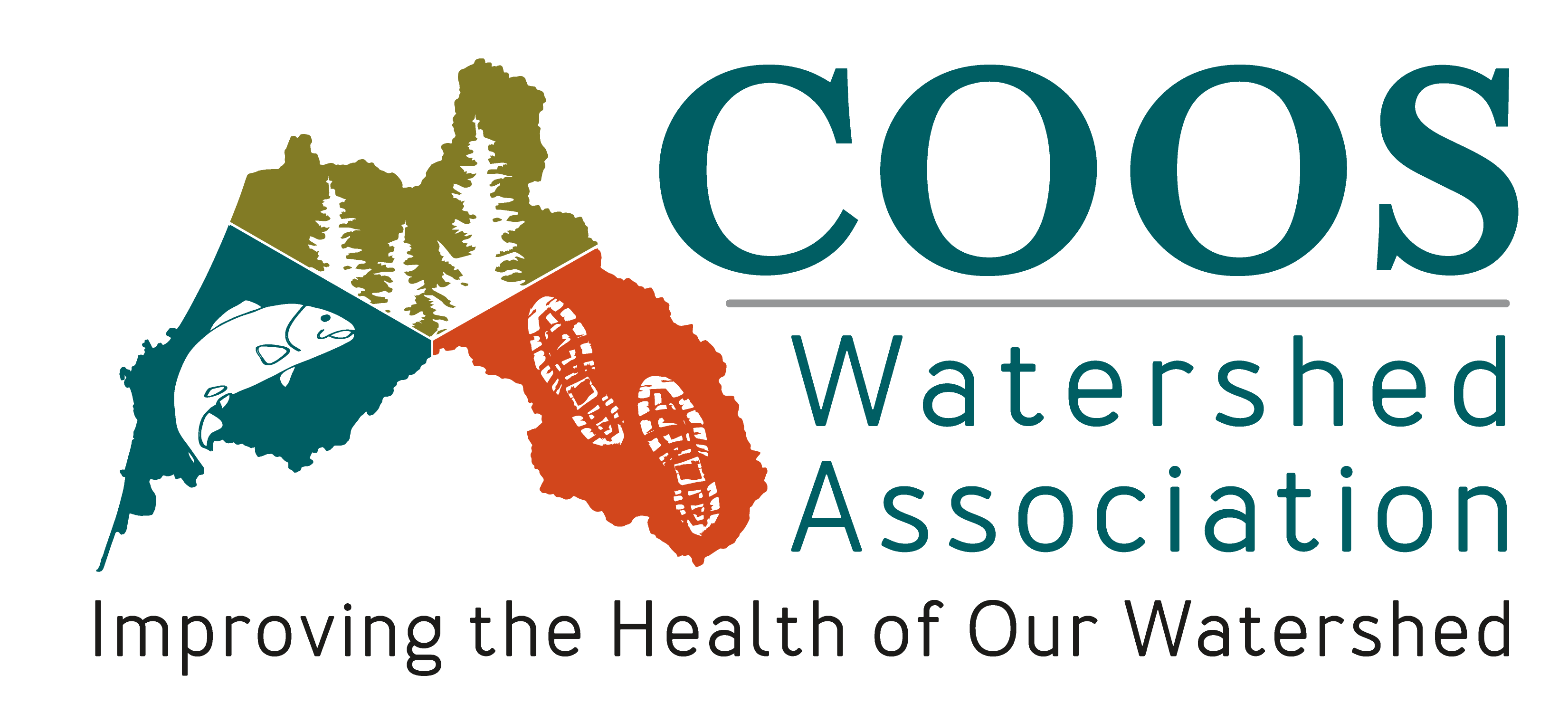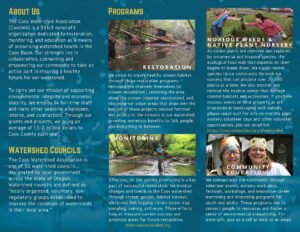
Statement of Shared Values:
- It is possible to achieve both environmental integrity, economic stability and human well-being within the Coos watershed;
- Natural products and processes of the watershed are indicators of watershed health, and are important to the economy and vitality of the community;
- Human activities have a legitimate place in the watershed;
- Our actions can affect the stability of the watershed and related economy;
- Deliberate planning and action for watershed health are important and effectively achieved by the people who live and work within the watershed;
- A watershed scale-perspective improves our ability to sustain the health of the watershed and related economic activities.
- The coordination of our individual effects can achieve a synergistic, beneficial effect on the watershed.
- Maintaining harmonious relationships with stakeholders, partners, landowners, clients, suppliers, employees and each other contributes to the organization’s effectiveness in improving the health of the watershed.
- Fostering and appreciating a diversity of opinion, background, and approach while supporting the mission of the Coos WA will ultimately strengthen the Board and further our efforts to advance the mission and sustain our organization
The Coos watershed
The Coos Watershed Association’s service area is the Coos watershed basin, which is a 610 square mile area that encompasses all the land and waters draining into the Coos estuary and ultimately the Pacific Ocean. There are two other watersheds in Coos County: the Tenmile Lakes watershed north of us also drains to the Pacific Ocean, as does the Coquille watershed to the south. The Coos watershed is home to many different plants, animals, and people.


Image Source: Center for Watershed Protection
What is a watershed?
A watershed is an area of land that drains, or "sheds," water into a specific waterbody. The name suggests that a watershed is all about water. However, a watershed is an area of land where water flows from a high point to a low point. In fact, the water itself usually only makes up 1-2% of a watershed!
The easiest way to understand the watershed concept is to picture rain flowing down a mountainside into a lake or the ocean. The whole surrounding landscape is a watershed, with water draining across to a single point. You can think of this happening on the large scale--such as the Mississippi River watershed, which drains over one million square miles of land and encompasses 32 U.S. states and two Canadian provinces--or on the small scale, such as the Mingus Park watershed, where all the water around the park flows into the pond.
The world is covered in watersheds, big and small. In each case, water flows across and through a landscape on its way to a river, basin, or sea. Click here to see some beautiful maps of the world’s watersheds.
Wherever you are in the world, you are in a watershed!


